Local News
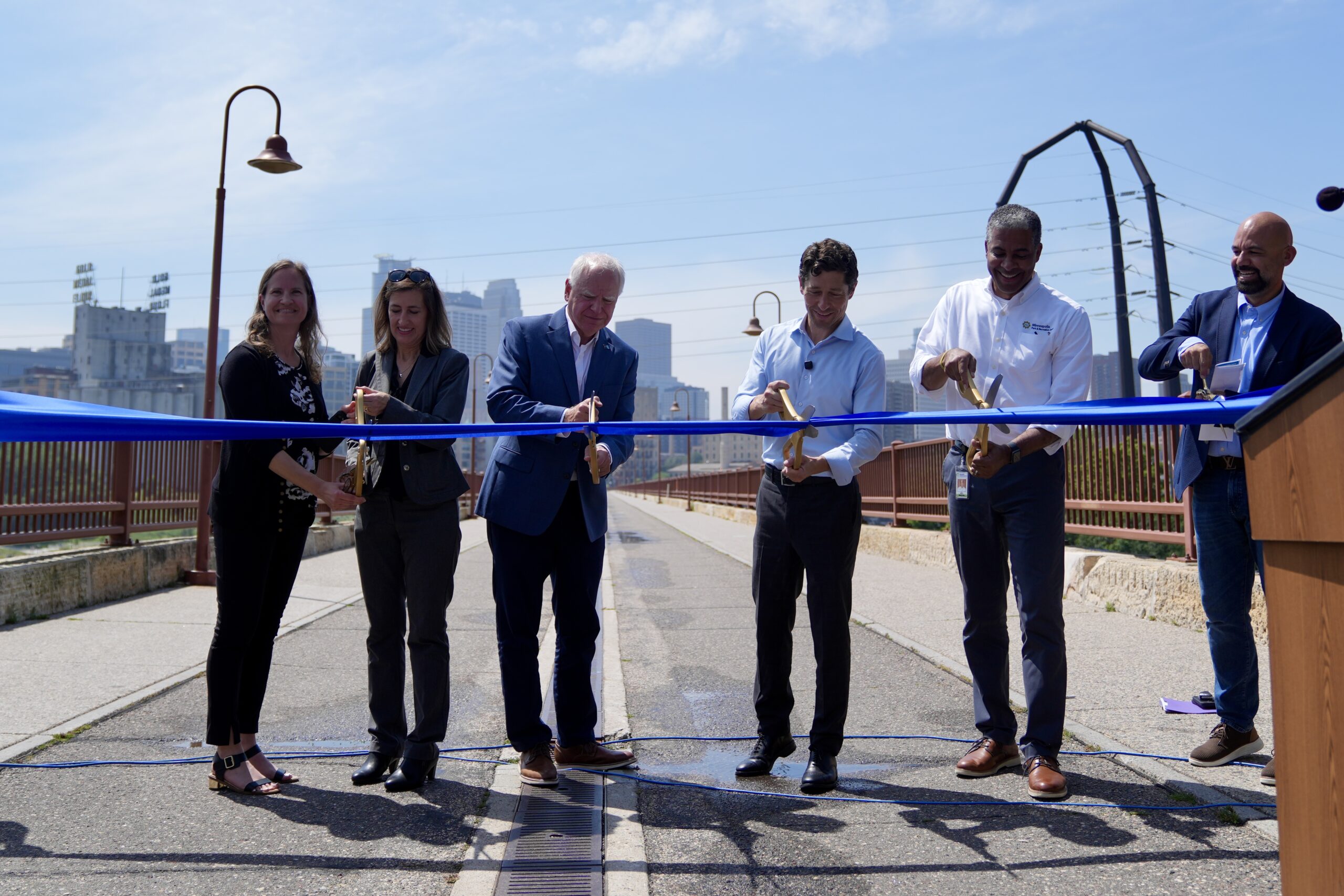
Governor Walz Announces Reopening of Stone Arch Bridge
[ST. PAUL, MN] – Governor Tim Walz and Minnesota Department of Transportation (MnDOT) Commissioner Nancy Daubenberger today announced the reopening of the Stone Arch Bridge to pedestrians and bicyclists, nearly three months ahead of schedule. The bridge was partially closed in 2024 for preservation and rehabilitation work.
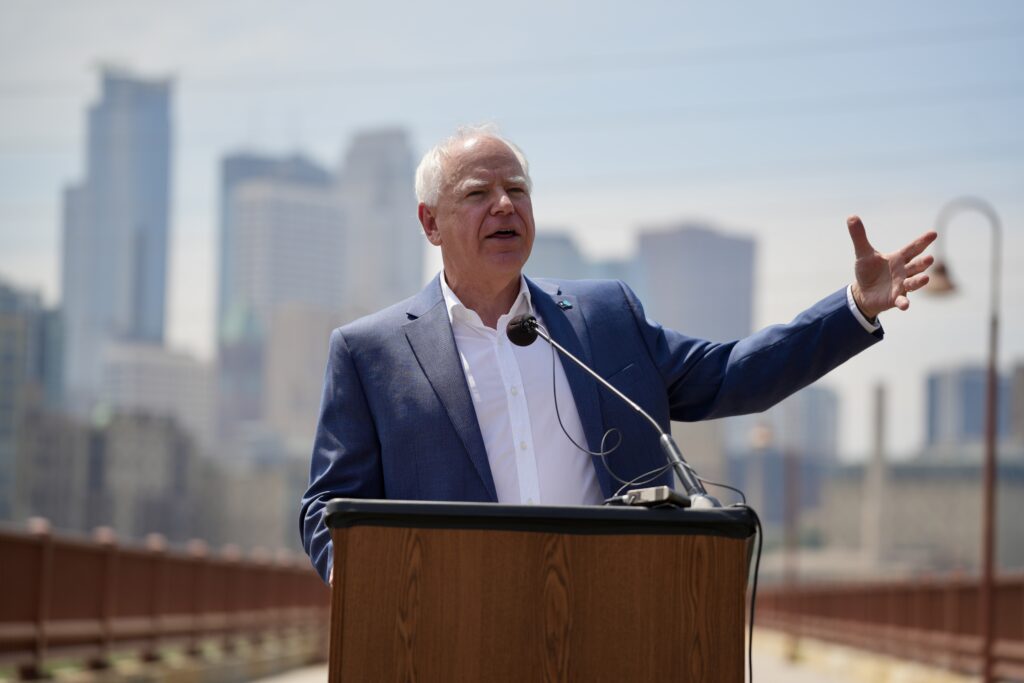
“Today we celebrate the hard work and collaboration of so many who finished this project months ahead of schedule,” said Governor Walz. “The Stone Arch Bridge isn’t just one of the most visited park destinations in Minnesota – it connects people, businesses, and neighborhoods. I personally can’t wait for my first run across it. Welcome back to the Stone Arch!”
“We want to sincerely thank the community for its support and patience as we worked to restore this important recreational site and connection between downtown Minneapolis and the Northeast Minneapolis communities,” said MnDOT Commissioner Nancy Daubenberger. “When we began this project in spring 2024, we anticipated it would take two years to complete due to the bridge’s condition. Reopening this historic Mississippi River crossing months ahead of schedule is a major accomplishment—with real impacts for those who walk or bike to work, local businesses that depend on foot traffic, and everyone who enjoys our riverfront spaces. This restoration extends the life of the bridge for decades, preserving its beauty, craftsmanship, and purpose for future generations.”
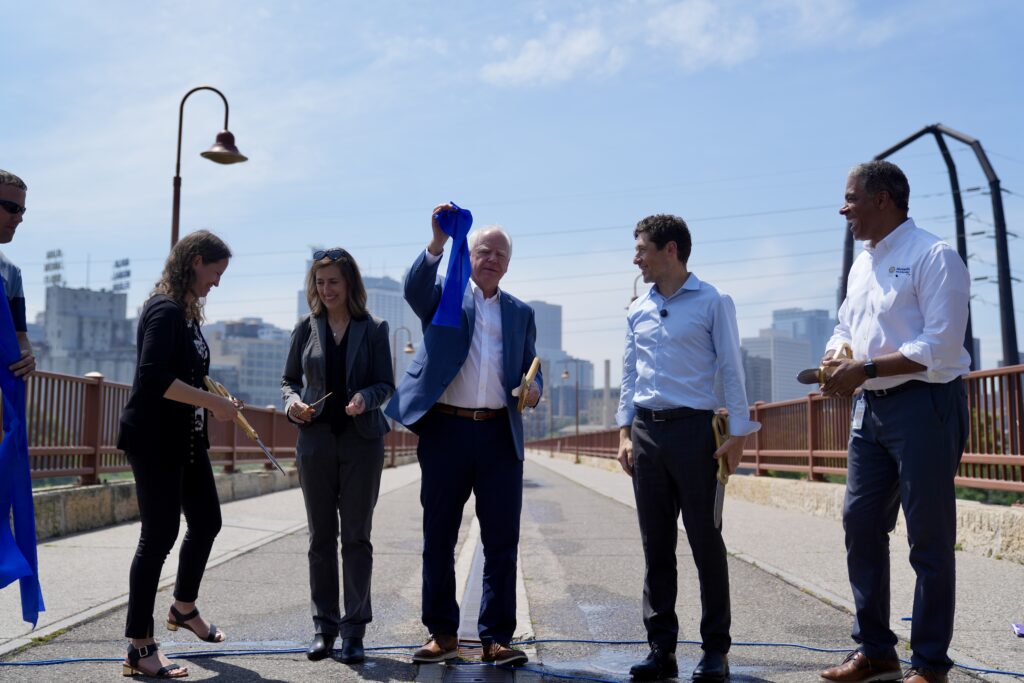
The Stone Arch Bridge, spanning the Mississippi River on the edge of downtown Minneapolis, has been partially closed since April 2024 to allow construction crews to repair and replace stone and mortar, and make other repairs as needed. Stone repair and mortar replacement will slow deterioration and improve the condition of the bridge.
The public is invited to attend a free, family-friendly event on Saturday, August 9, to celebrate the reconnection of communities on both sides of the bridge. This event hosted by MnDOT and community partners will include food trucks, live entertainment, interactive activities for all ages, and a demonstration of construction materials and historic facts.
Find more information on the Stone Arch Bridge project webpage: mndot.gov/metro/projects/stonearchbridge.
Local News
From First to Forefront: Omar Fateh’s DFL Endorsement for Minneapolis Mayor Marks a 25-Year Somali American Political Journey
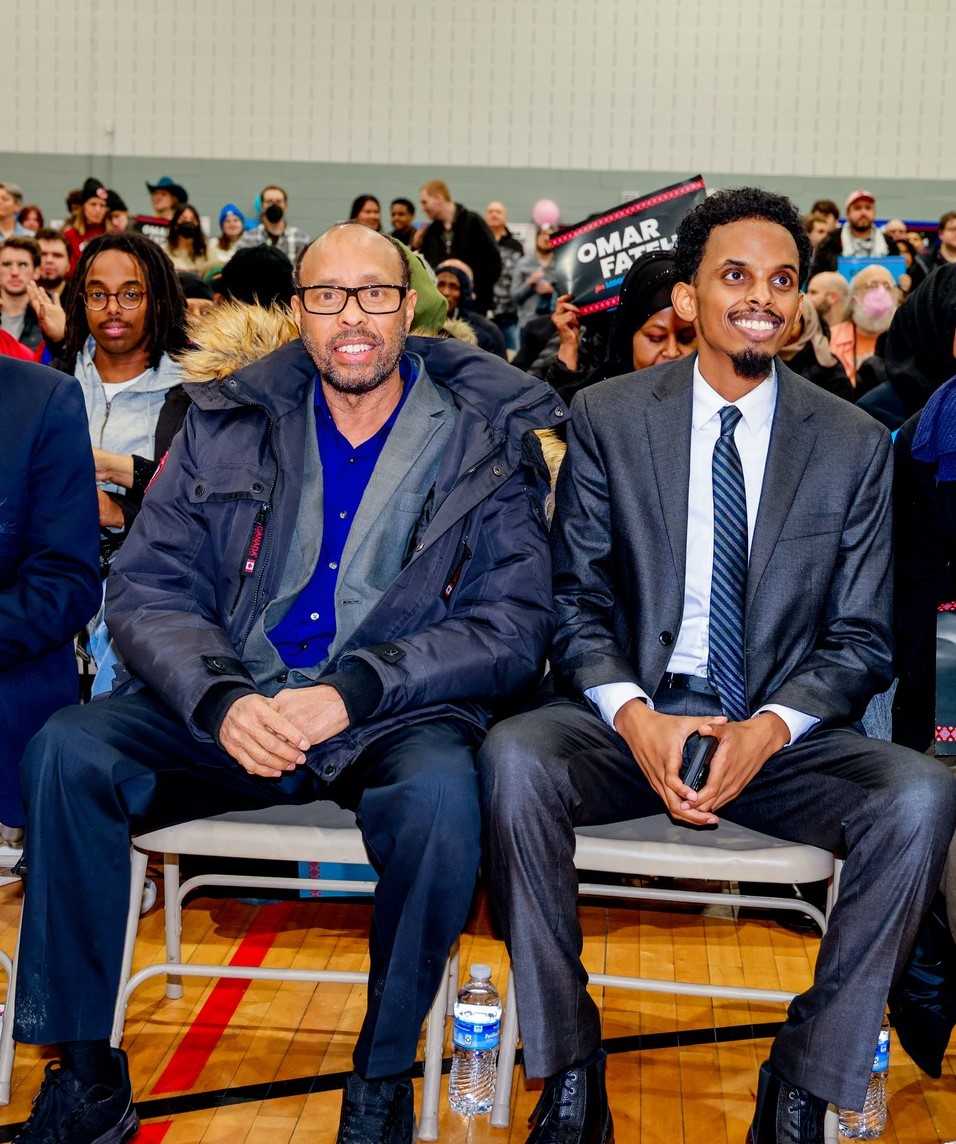
Minneapolis, MN — July 20, 2025
In a moment both historic and symbolic, State Senator Omar Fateh has secured the Democratic-Farmer-Labor (DFL) Party endorsement for mayor of Minneapolis, becoming the first Somali American to do so. His victory is more than a political milestone; it is a generational culmination of a vision first championed 25 years ago by Mohamud Wardhere — the trailblazer who paved the way.
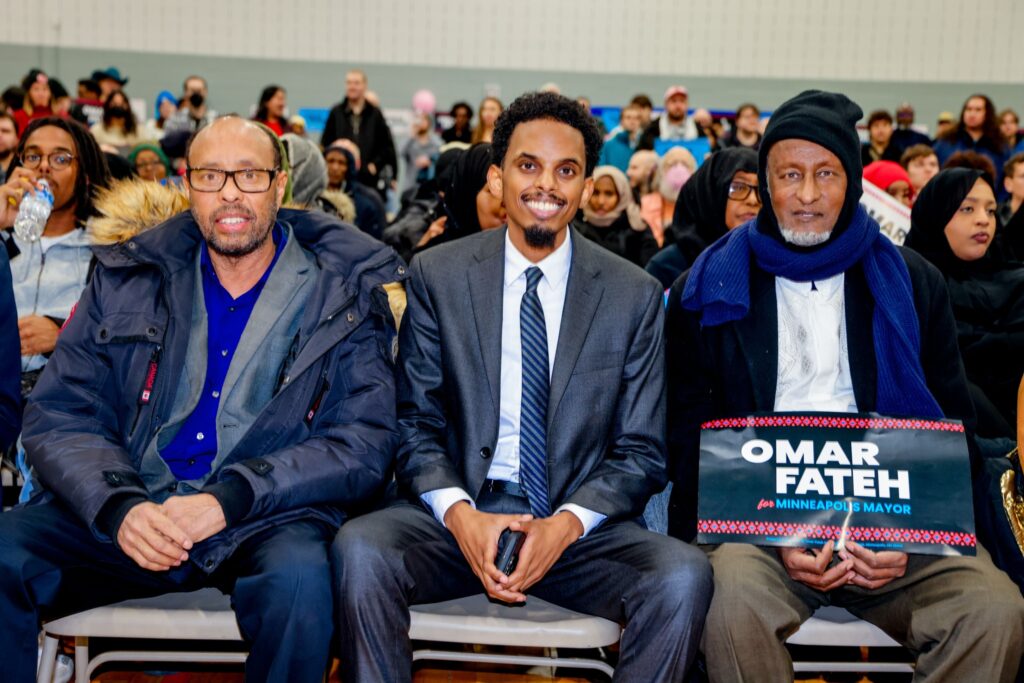
Fateh’s endorsement not only reshapes the political landscape of Minneapolis but also casts a bright spotlight on the long journey of Somali American civic participation in Minnesota. For many in the community, it is impossible to talk about this triumph without honoring the bold, historic run of Mohamud Wardhere in 2001, the first Somali American ever to run for elected office in Minnesota.
“Mohamud Wardhere ran when there was no playbook, no political infrastructure, and no established support system,” said Hashi Shafi, a local organizer and community leader. “He took that first step so others could run faster and farther.”
In 2001, just years after a wave of Somali immigrants began settling in Minnesota, Wardhere dared to dream what many considered unthinkable: running for mayor of Minneapolis. At a time when the Somali American community was still finding its footing in a new country, Wardhere’s candidacy sent a powerful message, that civic engagement was not just a right, but a responsibility.
“He made us believe that we belonged in the conversation,” said Senator Fateh in a statement following his endorsement. “His courage and vision inspired generations of Somali Americans to see themselves not just as voters, but as leaders.”
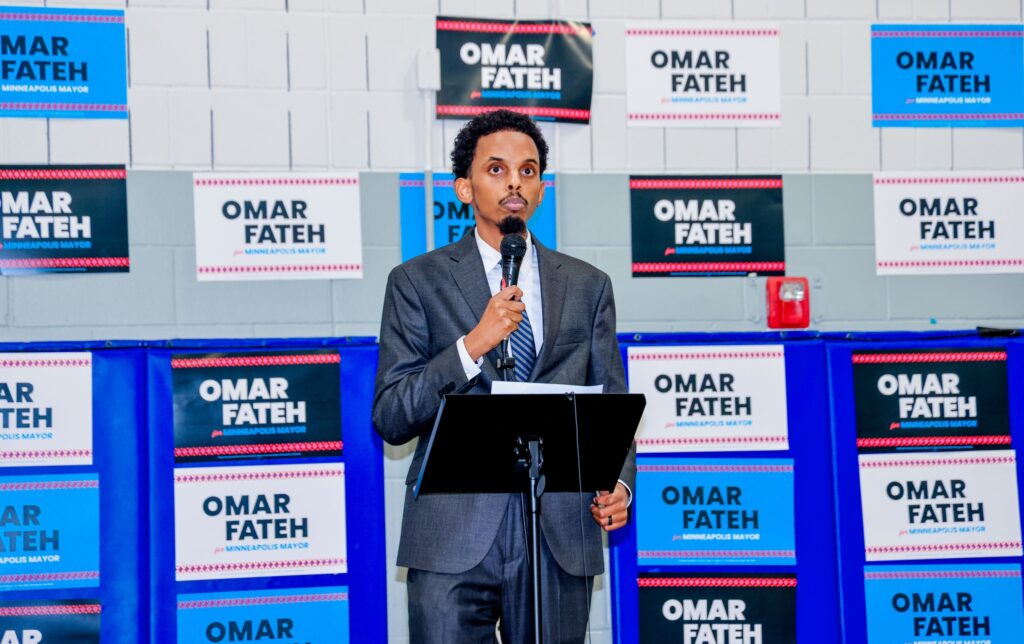
Wardhere’s campaign lacked the institutional backing that today’s candidates often rely on — there were no large donor networks, political consultants, or broad coalitions behind him. But what he did have was conviction: a belief that democracy thrives when all voices are heard, including those of new Americans.
Today, with the DFL’s endorsement in hand, Omar Fateh stands on that very foundation. Since being elected to the Minnesota Senate in 2020, Fateh has championed progressive policies on housing, education, and equity. His candidacy for mayor brings with it a new generation of leadership informed by grassroots activism and a deep connection to Minneapolis’s most diverse communities.
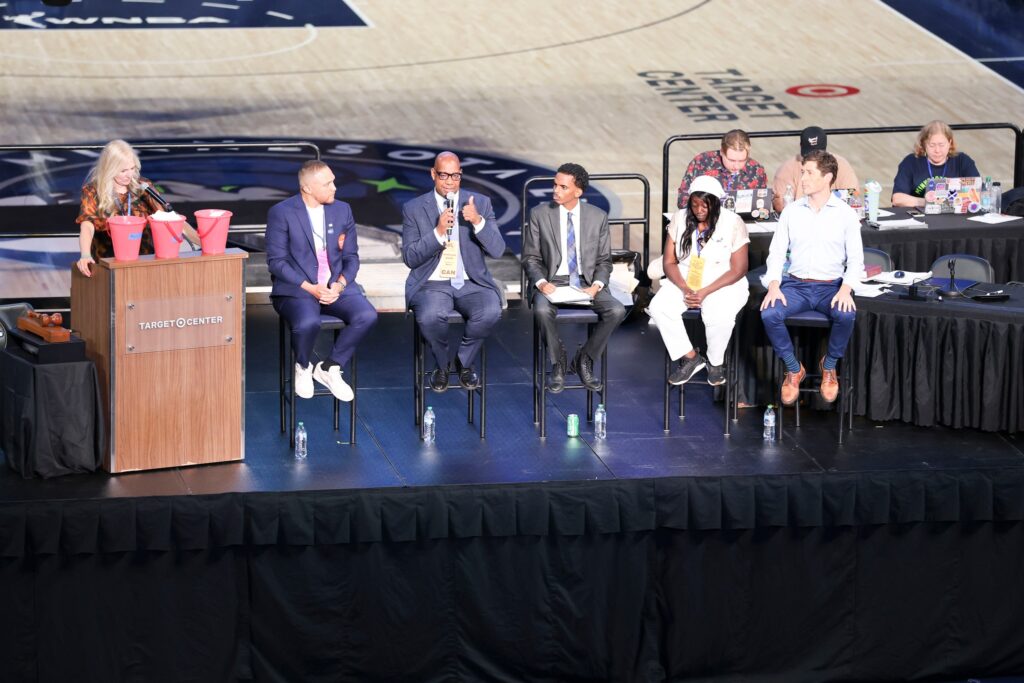
By Abdirahman Mukhtar, Tusmo Times Editor in chief
Local News
Minneapolis Vows to Advance Police Reforms Despite DOJ Move to Dismiss Consent Decree

By Abdirahman Mukhtar, Staff Reporter
MINNEAPOLIS — City leaders are pressing forward with sweeping police reforms in Minneapolis, undeterred by the U.S. Department of Justice’s (DOJ) unexpected motion to dismiss a proposed consent decree. The move comes just days ahead of the five-year anniversary of George Floyd’s murder and more than four months after the DOJ and the City jointly filed the agreement in federal court.
Mayor Jacob Frey, Police Chief Brian O’Hara, and Community Safety Commissioner Todd Barnette reaffirmed their commitment Tuesday to fully implementing the reforms, regardless of whether the decree is upheld in court.
“We’re doing it anyway,” said Mayor Frey. “We will implement every reform outlined in the consent decree—because accountability isn’t optional. Our independent monitor has praised the meaningful progress we’ve already made, and residents will continue to see measurable, transparent improvements.”
On January 6, the City and DOJ filed a proposed consent decree outlining reforms to Minneapolis Police Department (MPD) policies, training, and resources. The decree was designed to work in tandem with the City’s existing settlement agreement with the Minnesota Department of Human Rights (MDHR), forming the backbone of long-term efforts to overhaul policing in Minneapolis.
In the months since, the DOJ requested and received three consecutive 30-day stays in court proceedings. On Tuesday, the DOJ filed a motion to dismiss the case. The final decision now rests with the federal judge overseeing the matter.
Progress Recognized in First-Year Monitoring Report
A new report released this week by Effective Law Enforcement for All (ELEFA)—the independent evaluator of the MDHR agreement—lauds Minneapolis for making “more progress toward building a foundation for sustainable reform in the first year of monitoring than nearly any other jurisdiction” under similar oversight.
The report details substantial accomplishments, including improved department policies, comprehensive training plans, enhanced officer wellness programs, and the near-elimination of a backlog of misconduct complaints.
Chief O’Hara emphasized the department’s determination to continue the work: “We have already achieved more in one year than many departments do under a full consent decree. But we’re not stopping there. We are committed to going beyond the baseline to create lasting, meaningful change. Our goal is to make MPD the best police department in the country.”
Support for Officers, Stronger Public Trust
City officials argue that the reforms are not only compatible with effective law enforcement but essential to restoring community trust and enhancing officer well-being. Since entering the MDHR agreement in 2023, Minneapolis has seen:
- A significant drop in violent crime
- A marked increase in police officer morale
- A surge in applications and recruitment
- Greater leadership stability within MPD
Commissioner Barnette underscored the City’s resolve: “The federal case isn’t over until the judge rules, but one thing is certain—we will continue this work. The reforms outlined in the consent decree are already reflected in our state agreement, and we are determined to move forward, with or without federal backing.”
Despite political pushback from the Trump administration, which has criticized consent decrees as detrimental to policing, Minneapolis leaders maintain that reform is essential and achievable.
“We are proving that you can improve public safety and police accountability at the same time,” said Frey. “And that’s exactly what we intend to keep doing.”
The City has already begun implementing the reforms and will continue to do so, regardless of the court’s final decision on the federal decree.
Watch the full press conference on the City of Minneapolis YouTube channel.
Local News
More than 6,000 drivers cited for prioritizing phones over safety during distracted driving enforcement campaign

ST. PAUL – Law enforcement officers across Minnesota issued 6,450 hands-free cell phone citations during April’s month-long distracted driving enforcement campaign. This is 1,000 more citations than were handed out during last year’s campaign.
“We are not out to write tickets – we’re out to save lives. But if drivers won’t take safety seriously, enforcement becomes necessary.” said Mike Hanson, director of the Minnesota Department of Public Safety’s Office of Traffic Safety (OTS). “Every time you take your eyes off the road, you’re gambling with your life and the lives of others around you. No text, no call is worth a tragedy. Just put the phone down — nothing is more important than getting home safely.”
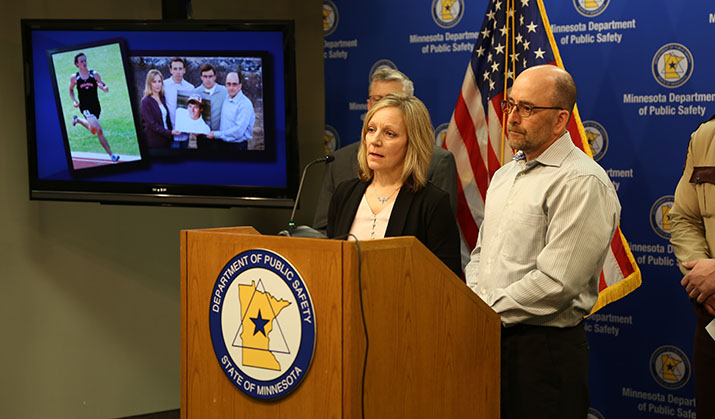
Law enforcement partnerships boost safety efforts
OTS coordinated the statewide campaign with funding from the National Highway Traffic Safety Administration. OTS is reporting the results from law enforcement partners — troopers, deputies and police officers — who stepped up to stop distracted drivers.
The St. Paul Police Department issued the most citations, with 1,326. Across the state, law enforcement used a variety of visible and proactive methods to identify distracted drivers. In South Lake Minnetonka, officers use a new camera system to give law enforcement a bird’s eye view of the road, while Dakota County law enforcement got up in cherry pickers to see in cars and identify drivers on their phones.
Citations by agency
In the Twin Cities Metro Area, agencies with the most citations included:
- St. Paul Police Department: 1,326
- Minnesota State Patrol (west metro district): 329
- South Lake Minnetonka Police Department: 305
- Elk River Police Department: 214
- Minnesota State Patrol (east metro district): 204
- Washington County Sheriff’s Office: 127
- St. Anthony Police Department: 125
- Dakota County Sheriff’s Office: 107
In greater Minnesota, agencies with the most citations included:
- Mankato Department of Public Safety Police Department: 305
- Minnesota State Patrol (St. Cloud district): 221
- Minnesota State Patrol (Duluth district): 212
- Minnesota State Patrol (Virginia district): 209
- Minnesota State Patrol (Detroit Lakes district): 140
- St. Cloud Police Department: 110
- Wright County Sheriff’s Office: 101
View the full list of participating agencies.
Examples of distracted driving stops from law enforcement
- A 32-year-old man was stopped twice in less than 10 minutes in St. Paul for a hands-free cell phone violation. The driver was cited for use of a wireless device both times.
- At the end of April in St. Paul, traffic congestion brought drivers to a stop on the road. One driver was on the phone — right next to a law enforcement officer. The officer activated the squad vehicle’s lights, approached the car and saw the driver was still manipulating the screen on her phone. She was startled to see the officer and was cited for violating the hands-free cell phone law.
- In Le Sueur, while conducting a felony stop, the sergeant helping direct traffic noticed a driver on her phone while driving. The driver was stopped and cited at the scene.
- In the Minnesota State Patrol’s Mankato district, one driver was stopped for taking a video call while driving.
Results April 1-30
2025
- 6,450 citations for hands-free cell phone violations
- 241 Minnesota agencies participated
2024:
- 5,380 citations for hands-free cell phone violations
- 278 Minnesota agencies participated
2023:
- 3,427 citations for hands-free cell phone violations
- 275 Minnesota agencies participated
Hands-free cell phone use is the law
Hands-free means drivers can’t hold their phone in their hand. Accessing or posting on social media, streaming videos, checking that box score or Googling information on a device while driving are all against the law in Minnesota, even in hands-free mode.
Visit HandsFreeMN.org and DriveSmartMN.org for more information about the law.
Distracted driving is dangerous driving
- In 2024, at least 29 fatalities and 137 serious injuries were attributed to distracted driving.
- Between 2019 and 2024, there were 115,643 citations involving distracted driving.
About the Minnesota Department Public Safety
The Minnesota Department of Public Safety’s more than 2,100 employees operate programs in the areas of law enforcement, crime victim assistance, traffic safety, alcohol and gambling, emergency communications, fire safety, pipeline safety, driver licensing, vehicle registration and emergency management. DPS activity is anchored by three core principles: education, enforcement and prevention.
About the Office of Traffic Safety
The Minnesota Department of Public Safety Office of Traffic Safety (OTS) designs, implements and coordinates federally funded traffic safety enforcement and education programs to improve driver behaviors and reduce the deaths and serious injuries that occur on Minnesota roads. These efforts form a strong foundation for the statewide Toward Zero Deaths traffic safety program. OTS also administers state funds for the motorcycle safety program, child seats for needy families program, school bus stop arm camera project and oversees the funding for the Advisory Council on Traffic Safety.
-

 Local News6 months ago
Local News6 months agoFrom First to Forefront: Omar Fateh’s DFL Endorsement for Minneapolis Mayor Marks a 25-Year Somali American Political Journey
-

 Local News10 months ago
Local News10 months agoCouncilmember Osman’s Statement on Violence Interrupter Services in Cedar Riverside and Elliot Park
-

 Local News8 months ago
Local News8 months agoLake Street Lift Launches “Lake of 10,000 Lands” Campaign
-
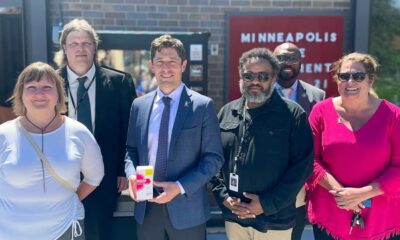
 Health8 months ago
Health8 months agoCity of Minneapolis Launches First NARCAN Vending Machine on the Northside
-
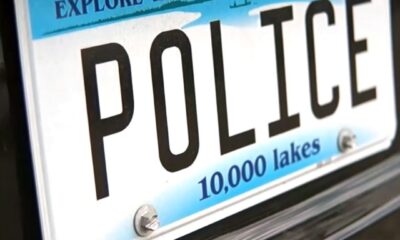
 Local News8 months ago
Local News8 months agoMinneapolis Vows to Advance Police Reforms Despite DOJ Move to Dismiss Consent Decree
-

 Local News8 months ago
Local News8 months agoMore than 6,000 drivers cited for prioritizing phones over safety during distracted driving enforcement campaign
-

 Community10 months ago
Community10 months agoTibyan Center Hosts Successful Iftar Dinner at New Facility in Saint Anthony
-

 Politics10 months ago
Politics10 months agoMinneapolis City Council Tackles Corporate Greed to Protect Renters








